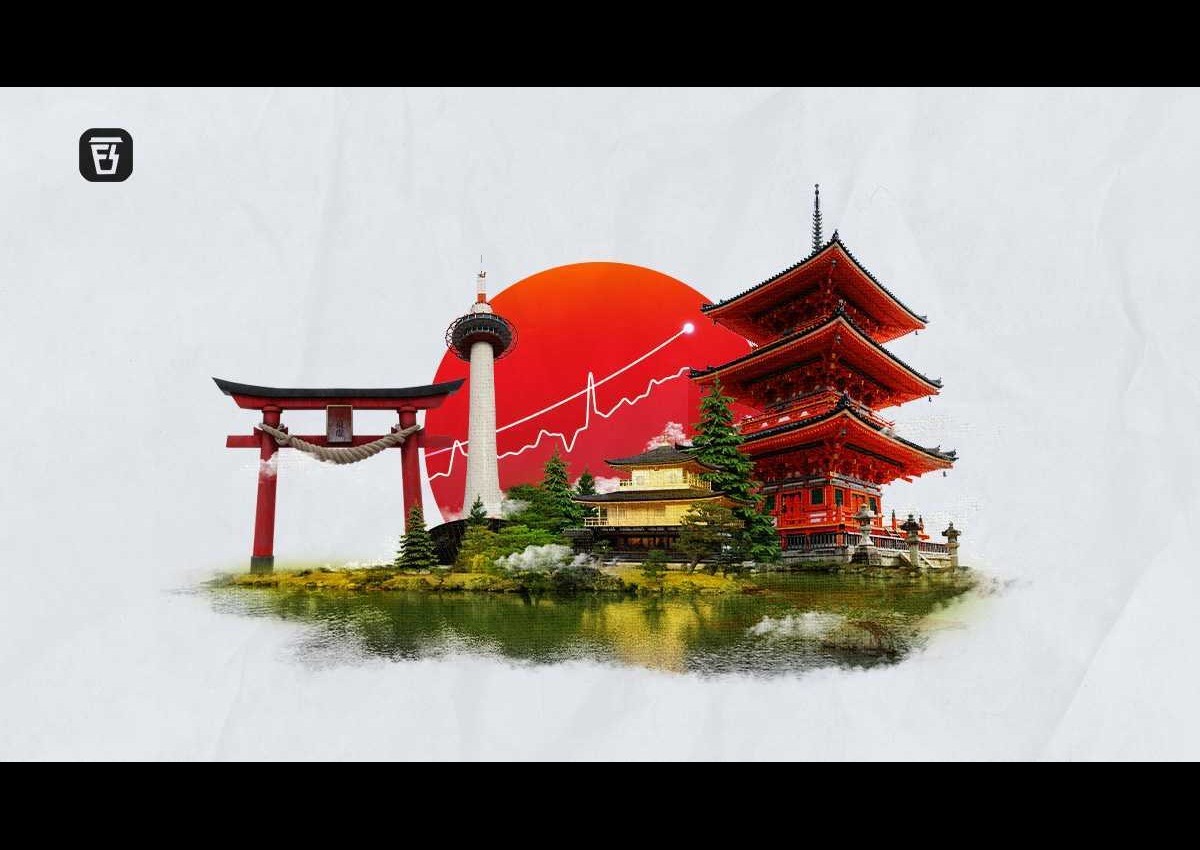17 Mar
Do You Know Who Is On The Japanese Banknotes?
Title: Exploring the Faces on Japanese Banknotes: A Cultural Journey Through Japan's Currency
Introduction:
Japanese banknotes not only serve as a medium of exchange but also reflect the nation's rich cultural heritage and historical legacy. Each denomination features prominent figures from Japan's past and symbols of its natural beauty and technological advancements. In this comprehensive guide, we'll delve into the faces depicted on Japanese banknotes, exploring the stories behind these individuals and the significance of their inclusion on the nation's currency.
1. **¥1,000 Note: Higuchi Ichiyo**
The ¥1,000 note features the portrait of Higuchi Ichiyo, a renowned Japanese author from the Meiji period. Born in 1872, Ichiyo is celebrated for her poignant and evocative literary works, which often depicted the struggles of women and the lower classes in Meiji-era society.
Ichiyo's inclusion on the ¥1,000 note pays tribute to her contributions to Japanese literature and her enduring legacy as one of Japan's most beloved writers. Her works continue to be studied and celebrated for their insight into the social and cultural dynamics of the Meiji era.
2. **¥5,000 Note: Nitobe Inazo**
The ¥5,000 note features the portrait of Nitobe Inazo, a prominent Japanese diplomat, educator, and author. Born in 1862, Nitobe played a pivotal role in promoting international understanding and cooperation during the early 20th century.
Nitobe's most famous work, "Bushido: The Soul of Japan," explores the ethical code of the samurai and its relevance to modern society. His inclusion on the ¥5,000 note honors his contributions to cultural exchange and his advocacy for peace and diplomacy on the global stage.
3. **¥10,000 Note: Fukuzawa Yukichi**
The ¥10,000 note features the portrait of Fukuzawa Yukichi, a towering figure in modern Japanese history. Born in 1835, Fukuzawa was a prominent educator, writer, and social reformer who played a key role in Japan's modernization during the Meiji period.
Fukuzawa founded Keio University, one of Japan's leading institutions of higher education, and advocated for Western-style education and enlightenment principles. His inclusion on the ¥10,000 note recognizes his profound influence on Japanese society and his enduring legacy as a pioneer of modernization and progress.
4. **Symbolic Imagery: Mount Fuji and Cherry Blossoms**
In addition to the portraits of historical figures, Japanese banknotes also feature iconic symbols of the nation's natural beauty and cultural heritage. The reverse side of each denomination typically showcases scenes such as Mount Fuji, Japan's highest and most iconic mountain, and cherry blossoms, which symbolize the ephemeral beauty of life and the arrival of spring.
These symbolic images serve as reminders of Japan's rich cultural traditions and its deep connection to the natural world. They also reflect the nation's commitment to preserving its cultural heritage and promoting harmony between humanity and nature.
Conclusion:
The faces depicted on Japanese banknotes represent more than just historical figures; they embody the values, achievements, and aspirations of the Japanese people. From renowned authors and educators to social reformers and cultural ambassadors, these individuals have left an indelible mark on Japan's past and continue to inspire future generations.
Moreover, the symbolic imagery featured on Japanese banknotes reflects the nation's reverence for its natural beauty and cultural traditions. Mount Fuji and cherry blossoms serve as timeless reminders of Japan's unique identity and its enduring commitment to harmony, beauty, and resilience.
As we use Japanese banknotes in our daily transactions, let us take a moment to appreciate the stories behind the faces and symbols depicted on them. They serve as reminders of Japan's rich cultural heritage and the contributions of those who have shaped its history and identity.










